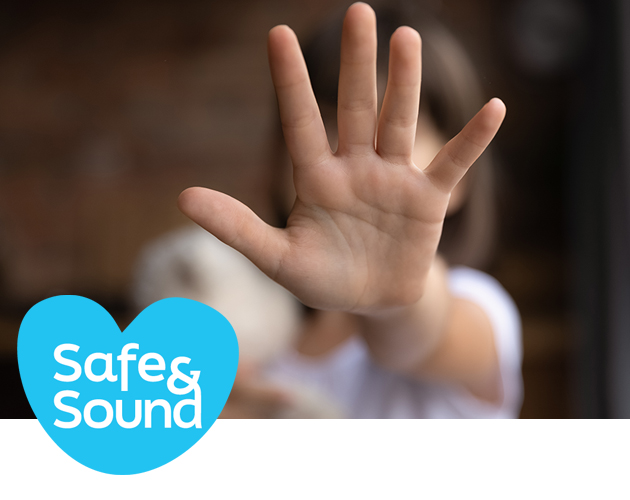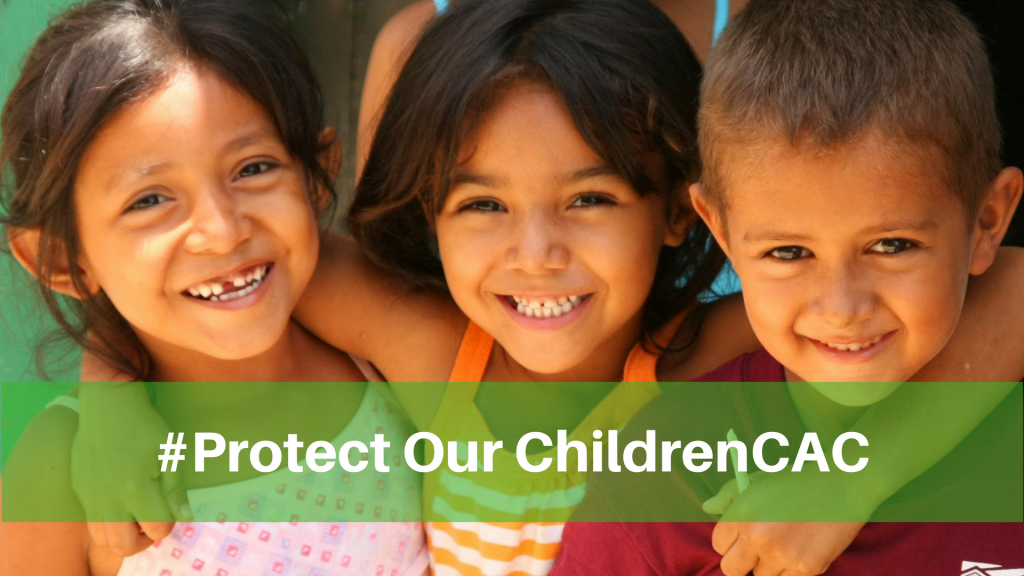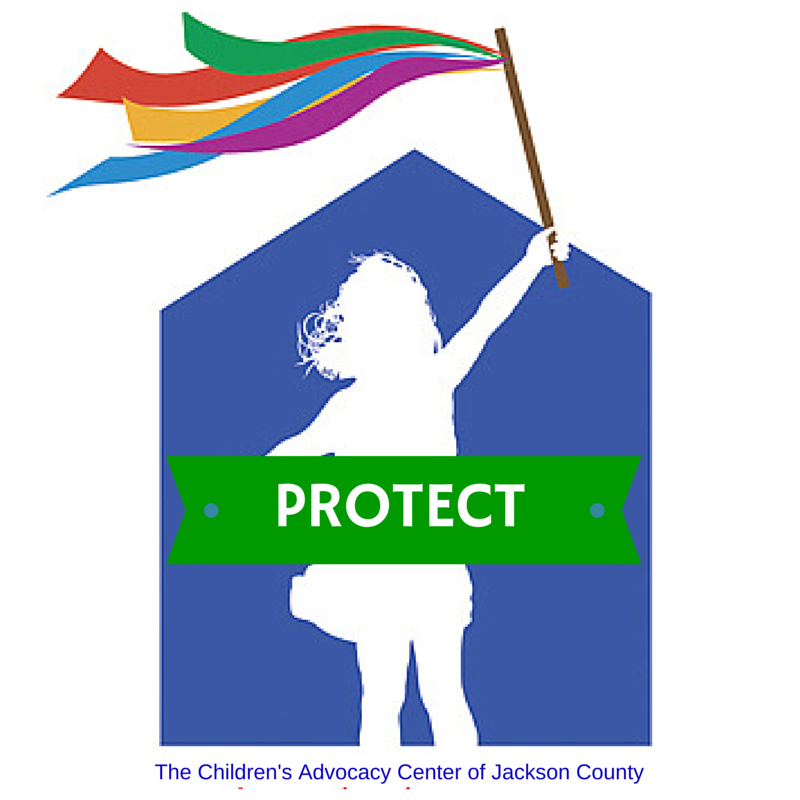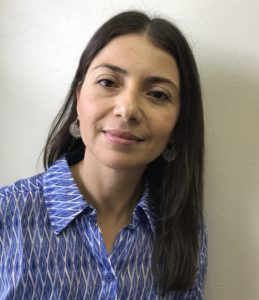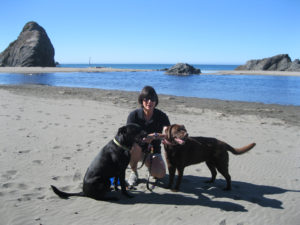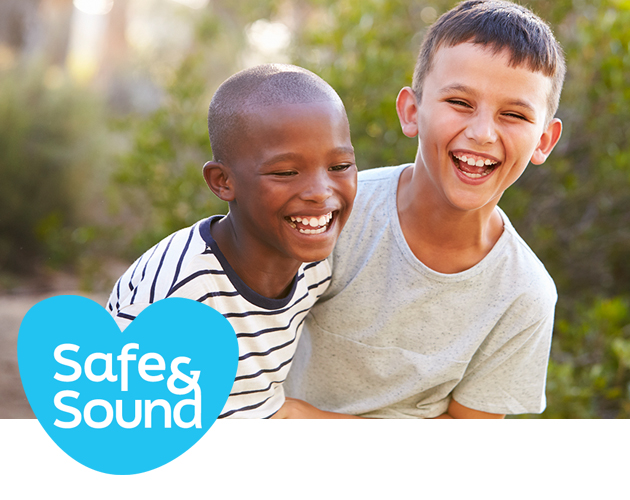
Welcome to Day 4 of Safe & Sound!
Today we’re talking about healthy relationships.
Did you know that healthy relationships (being in one and observing them) are a critical protective factor against child abuse? When your child understands and experiences healthy relationships, they are better able to understand when a relationship is unhealthy. Help your child recognize red flags, and you make it much harder for an offender to gain your child’s trust.
You teach your child about relationships every day.
We have so many opportunities to demonstrate the characteristics of a healthy relationship to our kids. It begins at home, when a child is still in infancy, but can continue until, well, forever. The person (or people) caring for a young child teach early lessons about love and trust. As a parent, grandparent or caregiver, your relationship serves as a foundation for many of the other relationships your child will experience. These other relationships can include:
- Friend: Outside the relationship between child and caregiver, this is one of the first relationships a child will experience.
- Student to a teacher: This is another relationship that enters very early into a child’s life. It has the potential to shape their view of adults and school in general.
- Coach to an athlete: A power dynamic is present in this relationship. It is a great space to practice boundaries.
- Romantic partner: A child observes this type of relationship for many years before experiencing it themselves. A child may observe their caregiver(s) or other adult family members in romantic relationships. As a child grows older, they will also observe their peers in romantic relationships.
- Employee to a manager: This relationship also includes a power dynamic. Regardless, there still needs to be trust, respect, and good communication.
What do healthy relationships look like?
Hallmarks of healthy relationships are trust, honesty, compromise, individuality, anger control, good communication, and mutual respect. Talk about these characteristics with your child, and try to model these in all of your relationships.
The red flags of unhealthy relationships.
As you teach your child about healthy relationships, it’s just as important to help them recognize the red flags that warn us of unhealthy relationships. These red flags can be present in any type of relationship—so you should be able to talk about them with kids of any age.
The red flags are:
- Intensity: expressing extreme feelings that aren’t reciprocated; can feel very overwhelming
- Manipulation: when the other person tries to control your decisions, actions, and even your emotions
- Possessiveness: jealousy to the point where they try and control where and how you spend your time
- Isolation: removing, sometimes, forcibly, from any other relationship including family
- Sabotage: a purposeful action of ruining your reputation, achievements, or success
- Belittling: putting you down to make you feel bad about yourself
- Guilting: making you feel responsible for their feelings and actions or making you feel like it is your job to keep them happy
- Volatility: constant unpredictable reactions that lead to you feeling scared, confused, or intimidated
- Deflecting Responsibility: never taking responsibility for their unhealthy behavior
- Betrayal: disloyalty or being intentionally dishonest
Today’s Activity:
Watch the recommended video(s) and have a conversation about the relationships in your child’s life.
Young kids: DANIEL TIGER’S NEIGHBORHOOD | Friends Help Each Other (Song) | PBS KIDS
Younger school-age kids: Video Lesson – Friendship Soup Recipe: A NED Short
Older school-age kids: Healthy vs Unhealthy Relationships
Tweens and teens: What Makes A Relationship Healthy?; What Teens Think About: Healthy Relationships; That’s Not Cool TV
That’s it for Day 4! See you tomorrow!
